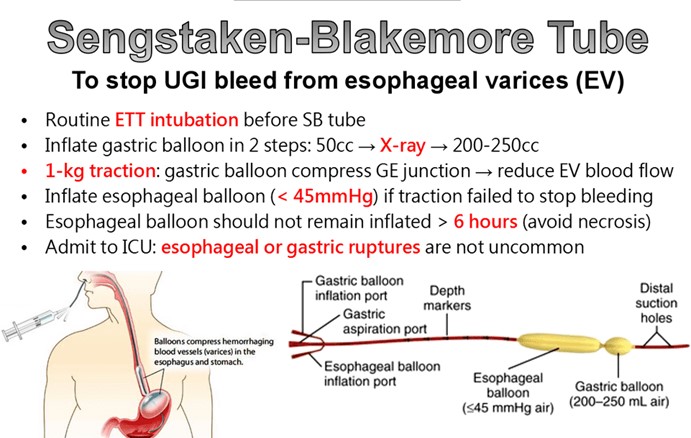A nurse is caring for a client who reports heart palpitations. An ECG confirms the client is experiencing ventricular tachycardia (VT). The nurse should anticipate the need for taking which of the following actions?
Elective cardioversion
Defibrillation
CPR
Radiofrequency catheter ablation
The Correct Answer is A
The correct answer is: A. Elective cardioversion
Choice A reason:
Elective cardioversion is a medical procedure that is used to restore a normal heart rhythm in patients experiencing certain types of arrhythmias, including ventricular tachycardia (VT), when they are stable. It involves the delivery of a controlled electric shock to the heart, which is synchronized with the heart's electrical activity to convert the abnormal rhythm back to a normal sinus rhythm. This procedure is typically performed when VT is not causing hemodynamic instability and the patient is not in immediate danger.
Choice B reason:
Defibrillation is an emergency treatment for life-threatening cardiac arrhythmias, particularly ventricular fibrillation (VF) or pulseless ventricular tachycardia. It involves delivering a high-energy electric shock to the heart unsynchronized to the heart's electrical cycle, aiming to reset the heart's electrical state and allow it to reestablish an effective rhythm. In the scenario provided, where the patient is experiencing VT but not VF, defibrillation would not be the first line of action unless the VT deteriorates into VF or the patient becomes pulseless.
Choice C reason:
CPR, or cardiopulmonary resuscitation, is a lifesaving technique useful in many emergencies, including heart attack or near drowning, in which someone's breathing or heartbeat has stopped. In the case of VT, if the patient is conscious and has a pulse, CPR is not indicated. CPR would only be necessary if the patient's heart stops beating (cardiac arrest) as a result of the VT.
Choice D reason:
Radiofrequency catheter ablation is a procedure used to treat some types of arrhythmias, including VT, by destroying the area of heart tissue that is causing the abnormal heart rhythm. This treatment is generally considered when medication is ineffective or not tolerated, or in recurrent VT. It is not typically the first line of treatment in an acute setting where the patient is stable and experiencing VT.
Nursing Test Bank
Naxlex Comprehensive Predictor Exams
Related Questions
Correct Answer is ["A","B","D","E"]
Explanation
Choice a) is correct because copies of insurance cards can help clients access medical care and claim compensation in case of a disaster. Insurance cards can also serve as a form of identification if other documents are lost or damaged.
Choice b) is correct because a whistle can help clients signal for help or locate each other in case of an emergency. A whistle can also deter potential atackers or wild animals.
Choice c) is incorrect because antibiotics are not recommended to be included in a disaster readiness supply kit or “go bag”. Antibiotics are prescription drugs that should only be used under the guidance of a health care provider. Using antibiotics without proper indication, dosage, or duration can cause adverse effects, such as allergic reactions, resistance, or superinfection.
Choice d) is correct because household bleach can be used to disinfect water, surfaces, or wounds in case of a disaster. Household bleach can also be used to create chlorine gas, which can be used as a weapon or a deterrent.
Choice e) is correct because pencil and paper can be used to write down important information, such as contact numbers, medical history, or evacuation plans. Pencil and paper can also be used to communicate with others, especially if there is no access to phone or internet services.
Correct Answer is C
Explanation
Choice A Reason: This is incorrect. The balloons should not be deflated without a physician's order, as this can cause rebleeding or aspiration.
Choice B Reason: This is incorrect. The head of the bed should be elevated to 30 to 45 degrees to reduce pressure on the balloons and prevent gastric reflux.
Choice C Reason: This is correct. The nurse should monitor the client closely for signs of complications, such as airway obstruction, aspiration, or balloon rupture. The nurse should also keep scissors at the bedside to cut the tube and release the balloons in case of an emergency.
Choice D Reason: This is incorrect. The tube should not be suctioned, as this can damage the mucosa and cause bleeding. The nurse should only aspirate gastric contents through the gastric lumen to decompress the stomach.

Whether you are a student looking to ace your exams or a practicing nurse seeking to enhance your expertise , our nursing education contents will empower you with the confidence and competence to make a difference in the lives of patients and become a respected leader in the healthcare field.
Visit Naxlex, invest in your future and unlock endless possibilities with our unparalleled nursing education contents today
Report Wrong Answer on the Current Question
Do you disagree with the answer? If yes, what is your expected answer? Explain.
Kindly be descriptive with the issue you are facing.
